Try and list out the things that you can make with a single piece of wood. Some items off the top of my head are ice cream sticks, spoons, bowls, walking sticks, bats and some sculptures. Unsurprisingly, the list isn’t very long. What we are trying to say here is that majority of woodworking involves joining two or pieces of wood. Think of furniture, houses, boats, pianos etc. All these products have several joined pieces of wood. So, in this guide we will talk about basic of Joining Wood. We will also see some popular types of Wood Joints.
Things to Consider While Joining Wood
Woodworking involves design, selecting the wood, preparation, sanding and finishing. We use large pieces of wood, cut them in smaller pieces and assemble them into something useful. Joining wood becomes the heart of it all. It determines the strength and durability of a product.
There are dozens of ways in which you can join two pieces of wood. How can you choose the best type of wood joint? How to determine which type of wood joint is better for a job? Many beginners will have this confusion.
Before looking at different types of Wood Joints, let us first take a look at the basic considerations when joining wood. They are:
- Mechanical Stress: Some stresses on joints are Tension, Shear, Compression and Banding/Racking. You don’t need an engineering degree to overcome these issues. For example, you can eliminate compression with proper sizing of the parts that won’t buckle under load. Joints that face tension and bending are slightly worrisome. You can overcome tension by wedging or pinning. Add more frame structures to combat bending.
- Direction of the Grain: You must consider the grain direction of the surface of the joint. Side-grain to side-grain joints are very strong with adhesive bonding. End grain to end grain joints are slightly difficult to fasten. End grain to side-grain is also very common with mechanical interlocks.
- Dimensional Changes due to Moisture: End grain to end grain and parallel side-grain to side-grain type joints have no problem of dimensional changes due to moisture. In these joints, even if the growth rings do not have a same orientation, it doesn’t cause any structural damage. But you need to be careful with end grain to side-grain and perpendicular side-grain to side-grain joints.
- Surface Condition: The surface of joint is also very important. Joints with uneven surfaces may fail overtime due to stress. Poor fitting can lead to unwanted movements.
Basic Wood Joining Operations
We can join two pieces of wood in three basic ways. They are:
- Fitted or Worked Joints: In this, we physically interlock the surfaces of the wood with no gaps or openings. For this, we have to cut the woods so that one piece/block fits to another. These cuts can be as simple as Butt joints or slightly complex as Dovetails.
- Glued Joints: In this, we use a chemical adhesive to bond two pieces of wood. It is one of the simplest ways to join wood.
- Fastened Joints: In the last way, we use fasteners to secure pieces of wood. Fasteners can be screws, nails, nuts/bolts or pegs.
Usually, we combine two or more of these basic joining operations to get the best result.
Different Ways to Fit Wood
Even though we can join wood by gluing or driving nails, fitting is an important part of the joints. For example, a simple butt joint needs the surface of the wood to be flush with each other.
- Simple Joints: As the name suggests, simple joints use basic cuts to join two wooden blocks. Rabbet and Dado joints are examples of simple joints.
- Reinforced Joints: To increase the strength of the joint, reinforce type joints use an additional piece of wood such as a spline at the joint.
- Interlocking Joints: Instead of simple cuts, we can make multiple cuts to form an interlocking joint. This increases the overall surface area of the joint and thus a stronger joint.
- Mortise – Tenon Joints: In this, one piece of wood has a recess or bore and it holds the second piece to make a strong joint.
Types of Wood Joints
Till now, we saw the basics of wood joining and fitting. Let us now see some popular types of wood joints. The list you are about to see is pretty small. There are several more wood joints, some of them derive from these joints.
Here is a list of 16 Types of Wood Joints.
- Edge Joint
- Butt Joint
- Splined Joint
- Miter Joint
- Compound Miter Joint
- Lap Joint
- Dado Joint
- Rabbet Joint
- Dado – Rabbet Joint
- Blind Dado Joint
- Blind Rabbet Joint
- Tongue – Groove Joint
- Mortise – Tenon Joint
- Scarf Joint
- Dovetail Joint
- Box Joint
Let us briefly understand about all these wood joints.
1. Edge Joint
Take two small pieces of wood. Make their edges perfectly straight using a hand plane. Join the straight edges so that their faces become flush.
2. Butt Joint
If you are starting with joining woods, then there is no simple type than a Butt Joint. It consists of gluing two flat and straight pieces (often the butts) against each other. You can join the wood in a right angle or straight. For right angle joints, you can use fasteners (nails or screws) in addition to glue to make the joint even stronger.
3. Splined Joint
To increase the strength of an edge joint, you can add a spline at the joint. Spline is nothing but a small piece of wood, usually 1/4″ to 1/8” thick and it spans the length of the joint. The material of the spline can be anything such as normal wood, plywood, hardboard or even any man-made materials.
Spline will reinforce the joint and also prevents any slippage while the glue is drying. There are several variations of Spline Joints. Capped Spline improves the appearance of the product with matching or contrasting wood. In Stopped Spline Joinery, we hide or hold the spline back without exposing it.
4. Miter Joint
Simple Miter Joints are very similar to Butt Joints. The main difference is that in case of Miter Joints, the edges have a Miter Cuts (angles cuts). Even though it is difficult to make miter cuts, they improve the aesthetic appeal of the product.
Frames are a major application of Miter Joints. We can further classify Miter Joints by the type of Miter Cuts. Different types of miter joints are Doweled Miters, Splined Miters, Combination Miters, Cross Miters and Compound Miters.
5. Compound Miter Joint
A compound miter has both a bevel tilt and also a miter angle. You can use a simple table saw to make these cut. But to get better results, try a miter saw with flexible radial-arm.
6. Lap Joint
You can join two pieces of wood by cutting small piece from both the members and joining them. For Lap joints, we have to half-cut each piece so that when we join them, they sit flush against each other. The halving cuts for lap joints are Dados or Rabbets.
7. Dado Joint
It is a type of groove joint, where we make a square groove in one board and the other board sits in this groove. The depth and width of the U-Shaped trenches vary from product to product.
Depending on how we make joint, we can call them as Groove Joints or Dado Joints. It is a groove Joint if we cut in a parallel direction to the grain and a Dado Joint if we make a cross-cut.
8. Rabbet Joint
A Rabbet Cut is nothing but an L-shaped cut on the end or side of the wood. To make a Rabbet Joint, at least one member must have a Rabbet Cut. The other member can either have a simple Butt Cut or a Rabbet Cut.
The width and depth of the Rabbet depend on the application (cabinet or drawer). Rabbet Joints are better than simple butt joints. We can further increase its strength by reinforcing it with a spline.
9. Dado – Rabbet Joint
We can combine a Dado cut and a Rabbet cut to make a Dado – Rabbet Joint. Assume you are working on a cupboard. You can make a rabbet cut in the shelf end to fit the Dado. This is suitable if you feel that the Dado cut in the cupboard side is smaller the thickness of the shelf.
10. Blind Dado Joint
You can hide the Dado joint by making a Blind Dado Joint. For this you have to make a Blind Dado cut on one member and a corner notch on the other. Blind Dado Cut is nothing but adding a stop to the Dado cut at about 1/2″ from the edge.
11. Blind Rabbet Joint
Similar to Blind Dado Joint, you can also make a Blind Rabbet Joint to hide the joint. For the first piece of wood, make a Blind Rabbet cut i.e., stop the rabbet at about 1/2″ from one edge. You can simply add a corner notch to the other piece.
12. Tongue – Groove Joint
If you want to joint two pieces of wood over their longer edges, then a Tongue – Groove Joint will serve you the best. In one board, cut a groove in the idle of the long edge. For the second board, you have to double rabbet the long edge so that the remaining part (which is the tongue) is about the thickness of the groove.
This is one of the popular types of wood joints for cupboards, flooring, tabletops and many other furniture.
13. Mortise – Tenon Joint
Many woodworkers consider the Mortise and Tennon Joint as a classic. These joints are one of the oldest and still popular types. Here, Mortise is the empty of hole part of the joint while Tenon is projecting or tongue part of the joint.
There are so many types of mortises and tenons. Some mortise types are Blind, Through and Slot. Similarly, we have Blind and Through Tenons. Mortise and Tenon Joints are very popular in window frames, paneled doors, chairs and other frame structures.
14. Scarf Joint
If you have a bunch of small boards and you want to make a large board, then you can do it easily using a Scarf Joint. Simply cut miters on the boards and lap them. Make sure that their faces and edges are flush.
15. Dovetail Joint
A beautiful, strong and popular types of wood joints is the Dovetail Joint. It consists of interlocking pins and tails for excellent mechanical strength. There are so many different types of Dovetail Joints. Some of them are: Basic Through Dovetail, Half-Blind Dovetail, Blind Mitered Dovetail, Sliding Dovetail, Dovetail Splines.
16. Box Joint
While the pins and tails in a Dovetail Joint are angled, we can make this simple using a Box Joint. It is one of the simplest interlocking joints while also maintaining the mechanical strength.
Conclusion
Joining wood is an art. You can make different shapes and structures by properly joining different pieces of wood. Depending on the needs and application, you can choose from a variety of wood joints. In this guide, we saw the basics of wood joints and also different types of wood joints.

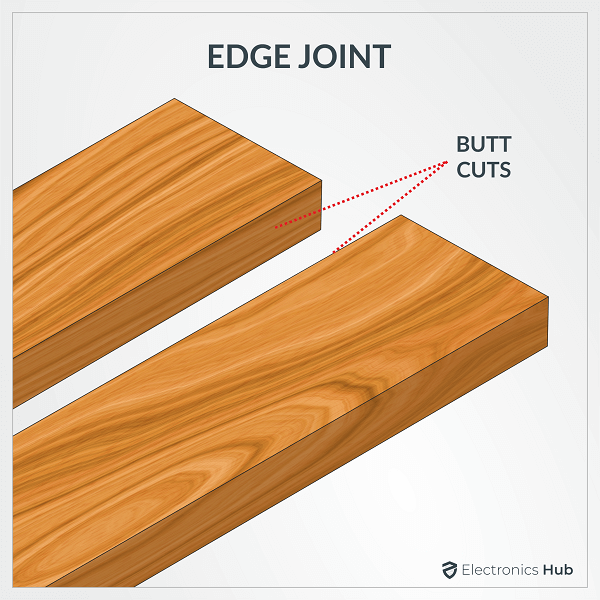
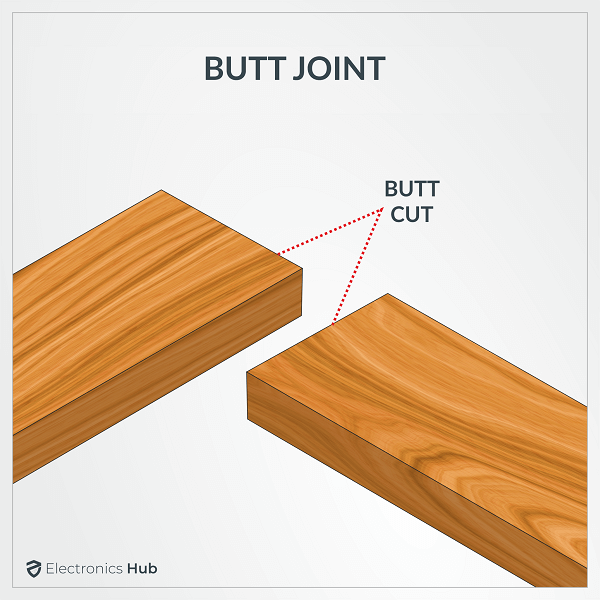
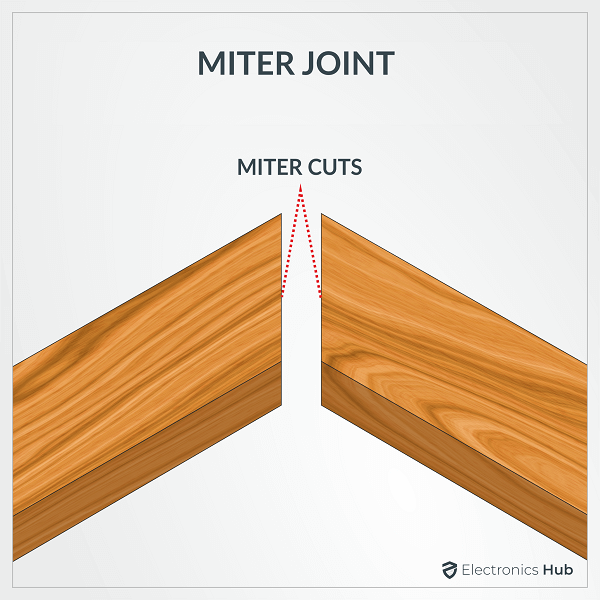
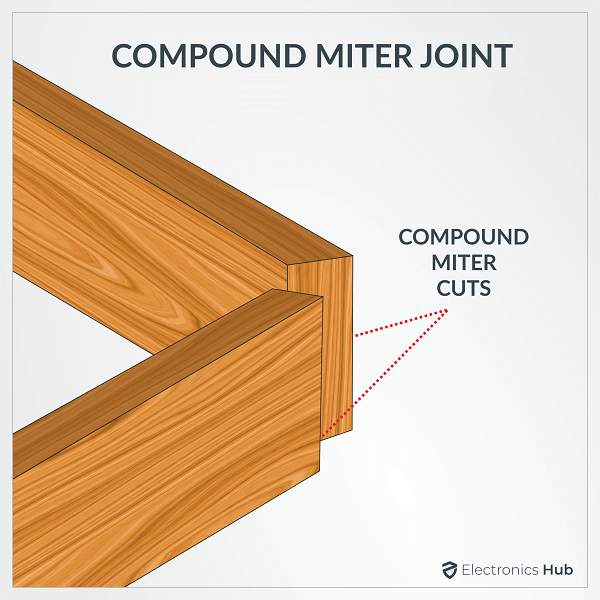
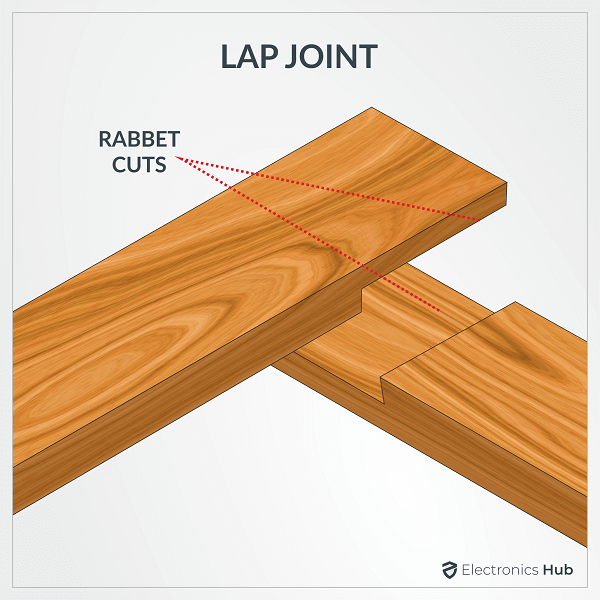
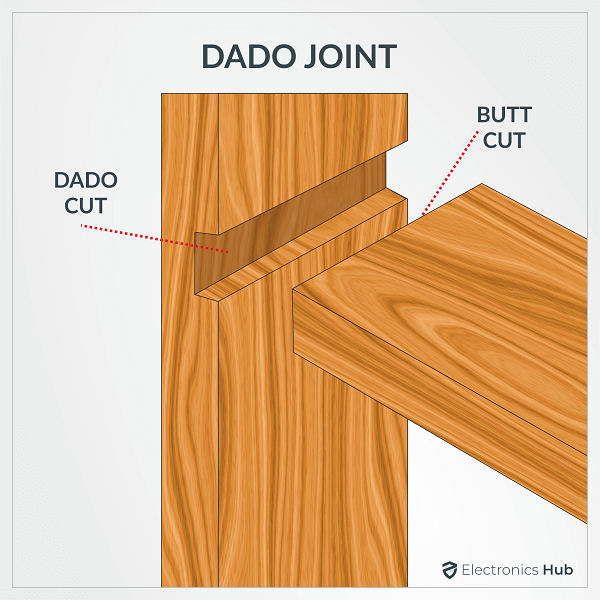
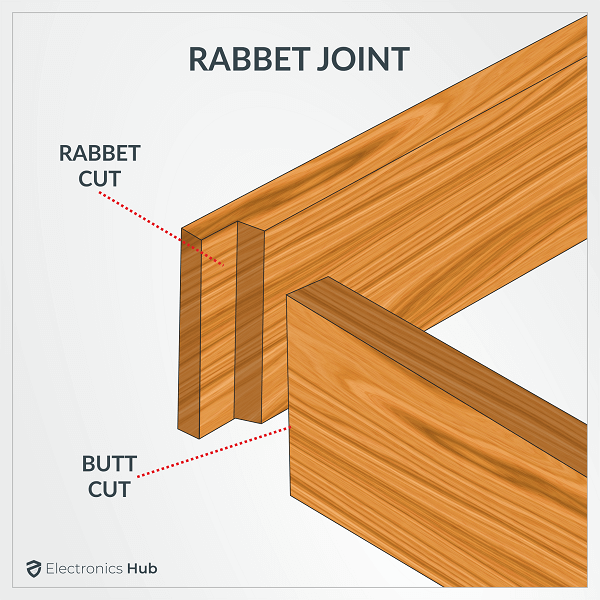
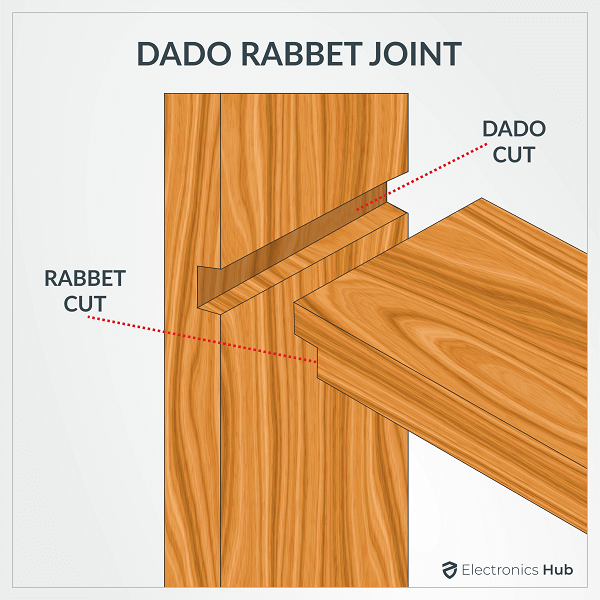
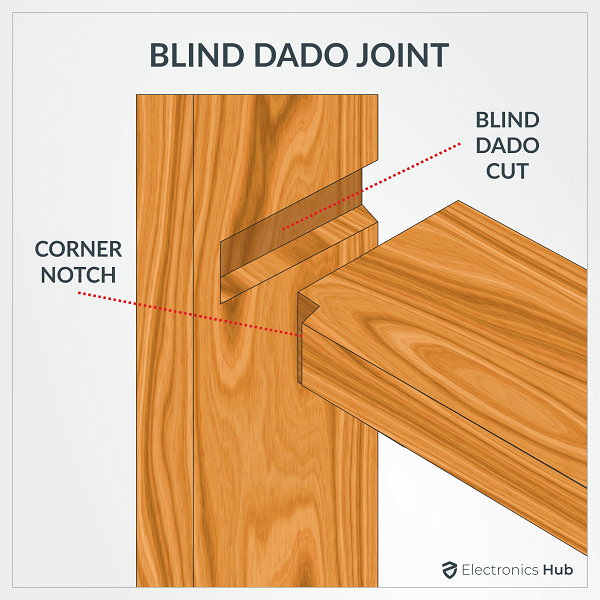
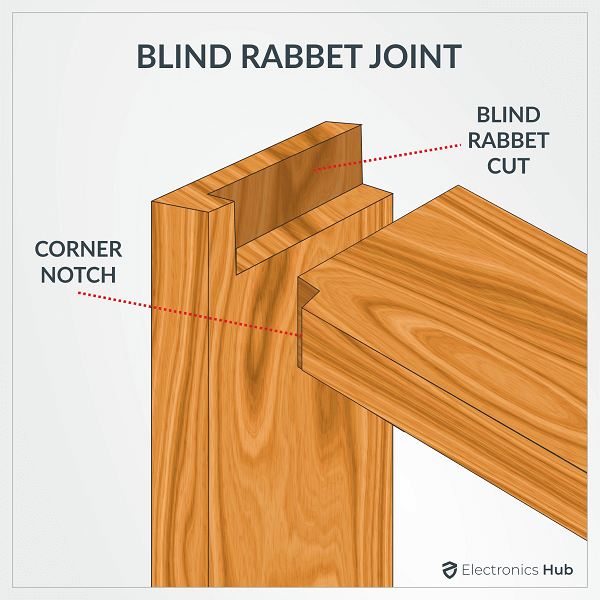
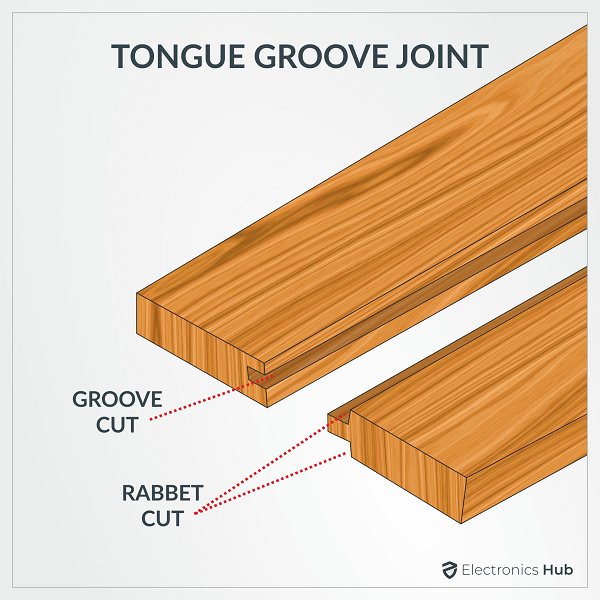
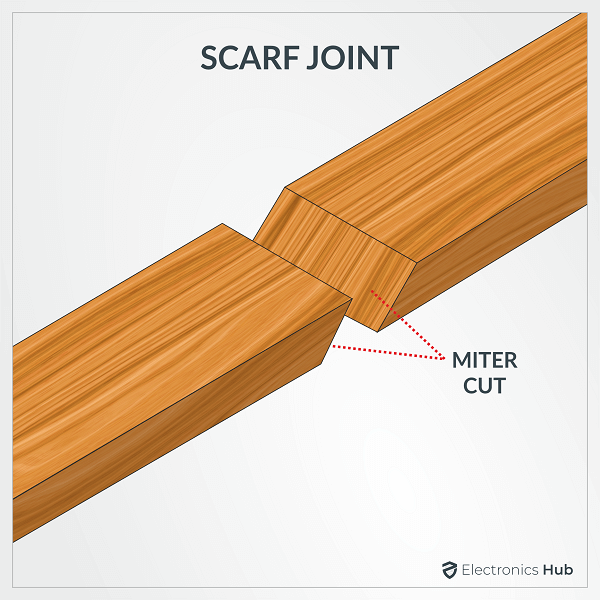

2 Responses
It’s good, encourage the young generation to learn skills for their tomorrow
Thank you–Great illustrations and explanations!